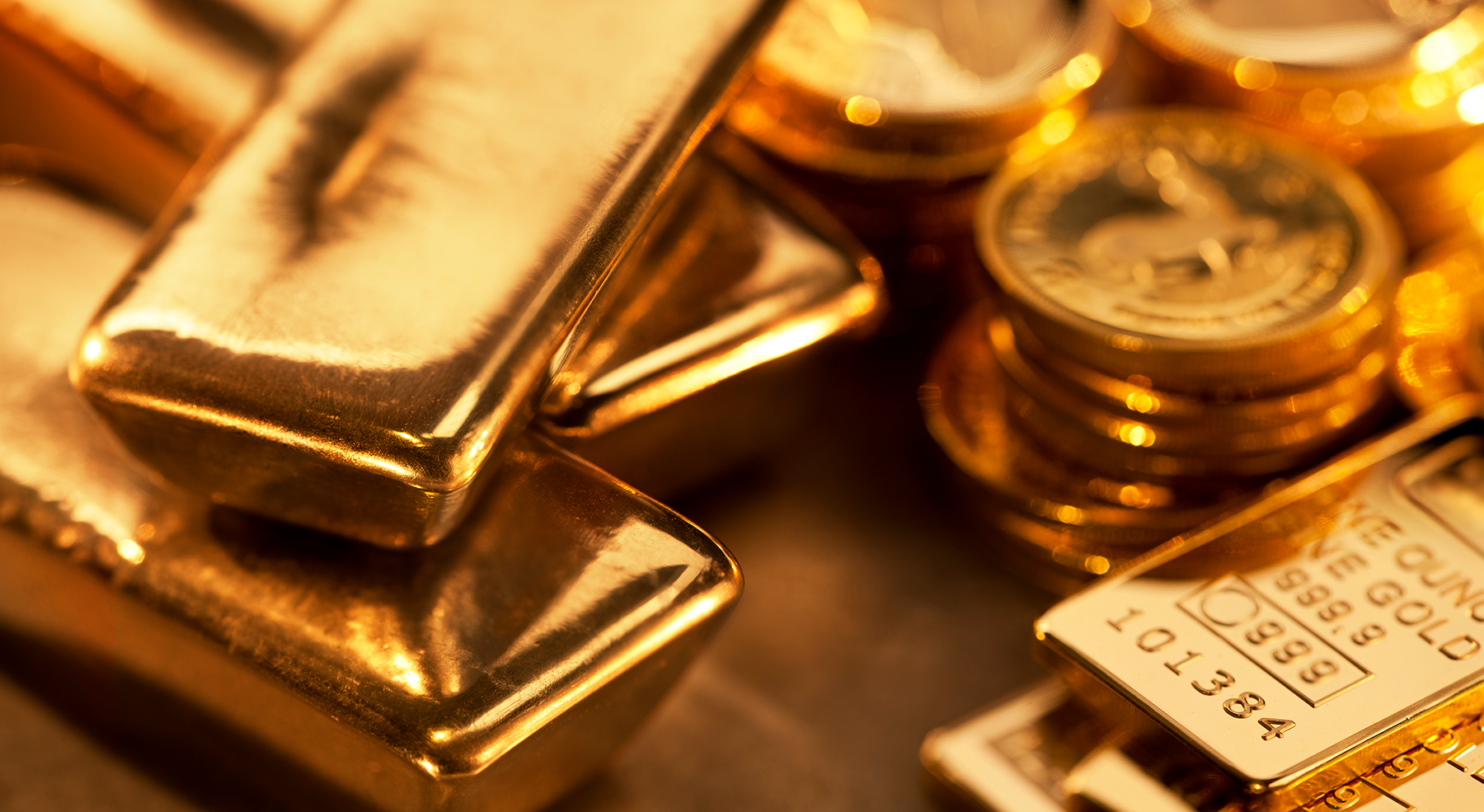Silver has often been portrayed as gold’s poor cousin. It is cheap and not as rare. If that’s the case then why is there an investment grade and why should anyone buy silver?
Silver can be much more than tableware. People buy silver bullion in the form of bars or coins. To such people, silver is so much more, it is money. It might not be part of a nation’s currency but it is more dependable than paper money.
Unlike the money that the government mints print, silver can’t be conjured up from thin air. There is a finite amount of it left to mine. Because government mints can print as much money as they like, the value of currency depreciated with time. Silver has grown in value over time. One of the advantages of silver is that silver has no counterpart risk. The silver markets might be volatile, silver still holds its value. No other investment asset can do that.
Silver also has no default risk. Investors will be hard-pressed to find any other investment that works this way.
Historically, silver occupies a small market compared to gold. This is good for small individual sellers who are trying to sell a few ounces of the metal. The small movements in the market can affect the price of silver. When more money is printed and pumped into the economy, it can drive the price of silver. The price of silver also goes up when there are indications of a rise in the demand for silver.
And the demand is definitely rising…
Silver has been regarded and used mostly as an industrial metal. As industries grow so does the demand for silver. Silver is popular because it is reflective and has electrical and thermal conductivity.
Most buyers are familiar with silver as a metal used in jewellery making. Jewellery makers love silver because it is easy to work with, resilient, lustrous, and does not require much care.
Inventories are going down…
Whilst demand goes up, the world’s inventories aren’t able to keep up. This is good for anyone who wants to sell silver.
Traditionally, governments held silver inventories they used as currency, however, a lot of governments stopped stockpiling silver. There are currently three countries that still hold silver and use it for currency: the United States, India and Mexico, and India, but they too are reducing their repositories and not stockpiling silver anymore because of the use of silver in making coinage has more or less stopped. Silver might not be used as much in currency but its use in industry is definitely growing.
Why should you sell your silver now?
An ordinary seller who has only encountered silver in tableware or jewellery, you probably don’t know anything about the markets. Your silver isn’t an investment asset. Chances are your silver is part of your family treasure, your grandma’s jewellery, or your mother’s silverware. It might be silver passed down from generation to generation or silverware you use in your daily life. It’s a personal asset that you might be thinking of selling for one of these two reasons: You have no use for it, or you need money.
If this sound like reasons you may have right now then, there is no better time to sell silver than when you really need to. Find dealers who buy your type of silver near you and sell to the one offering the best price.


 Your 101-Guide for choosing bookkeeping services in Smyrna
Your 101-Guide for choosing bookkeeping services in Smyrna  AI trading and market volatility – What do you need to know?
AI trading and market volatility – What do you need to know?  When is margin trading advisable in the bitcoin market?
When is margin trading advisable in the bitcoin market?  Crypto portfolio management software- Simplifying multi-asset investing
Crypto portfolio management software- Simplifying multi-asset investing  Top Tax Tips for Freelancers and Gig Workers
Top Tax Tips for Freelancers and Gig Workers  Change the way you trade gold with Forexiro’s automated trading systems.
Change the way you trade gold with Forexiro’s automated trading systems.  Types of Life Insurance, Its Types, and Benefits
Types of Life Insurance, Its Types, and Benefits  Use of AI in Banking to Transform Customer Experience
Use of AI in Banking to Transform Customer Experience  Top 5 Tips for Effective Income Planning
Top 5 Tips for Effective Income Planning 